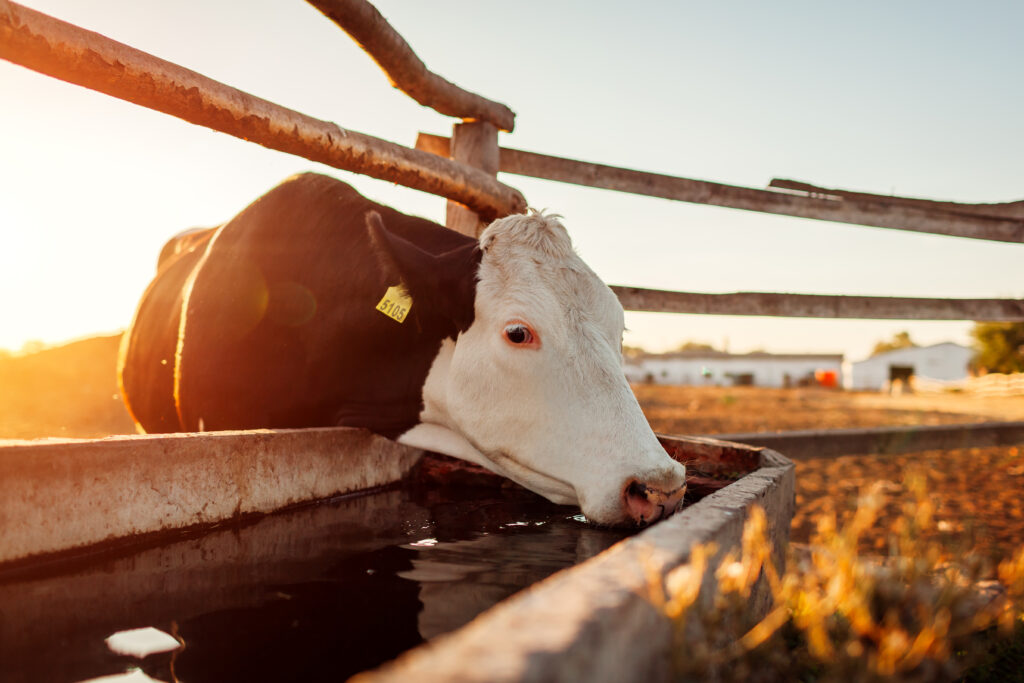
Farmers can measure the losses caused to dairy cows due to summer heat stress by employing various monitoring methods and evaluating specific indicators. Here are some approaches commonly used to assess the impact of heat stress on dairy cows:
Temperature and humidity monitoring:
Install temperature and humidity sensors or weather stations in the barn or housing area to continuously monitor environmental conditions. This data helps identify periods of high heat stress and allows for comparisons between different periods or locations.

Behavior observation:
Regularly observe the behavior of the dairy cows to detect signs of heat stress. These may include increased respiration rates, excessive panting, reduced feed intake, decreased activity, or seeking shade. Behavioral changes can indicate the level of discomfort experienced by the cows.
Milk production analysis:
Monitor milk production records to identify any decline associated with heat stress. A drop in milk yield is a common consequence of heat stress in dairy cows. Comparing milk production during hot periods with production during cooler periods can provide insight into the extent of losses caused by heat stress.

Body condition scoring:
Assess the body condition of dairy cows regularly using a standardized scoring system. Heat stress can lead to reduced feed intake and subsequent weight loss. Body condition scoring helps determine the impact of heat stress on the cows’ overall health and productivity.
Health monitoring:
Heat stress can increase the susceptibility of cows to various health issues, such as mastitis and metabolic disorders. Keep track of health records and consult with a veterinarian to assess any heat stress-related health problems. Increased veterinary treatments or higher somatic cell counts can indicate the impact of heat stress on cow health.
Reproductive performance evaluation:
Heat stress can adversely affect the reproductive performance of dairy cows. This leading to decreased conception rates, prolonged calving intervals, and reduced fertility. Monitor breeding records and consult with a reproductive specialist to assess any heat stress-related reproductive losses.
Heat stress scoring systems:
Utilize heat stress scoring systems. Such as the Temperature-Humidity Index (THI) or the Heat Stress Index (HSI), to quantitatively evaluate the severity of heat stress. These indices take into account temperature, humidity, and other factors to provide a numerical value. Representing the level of heat stress experienced by the cows.

By combining multiple measurement methods and indicators, farmers can gain a comprehensive understanding of the losses caused by heat stress in dairy cows. This information can guide the implementation of appropriate management strategies to mitigate the effects of heat stress. And safeguard cow welfare and productivity during hot summer months. For further details, please contact your nearest Dasan Feeds representative.

